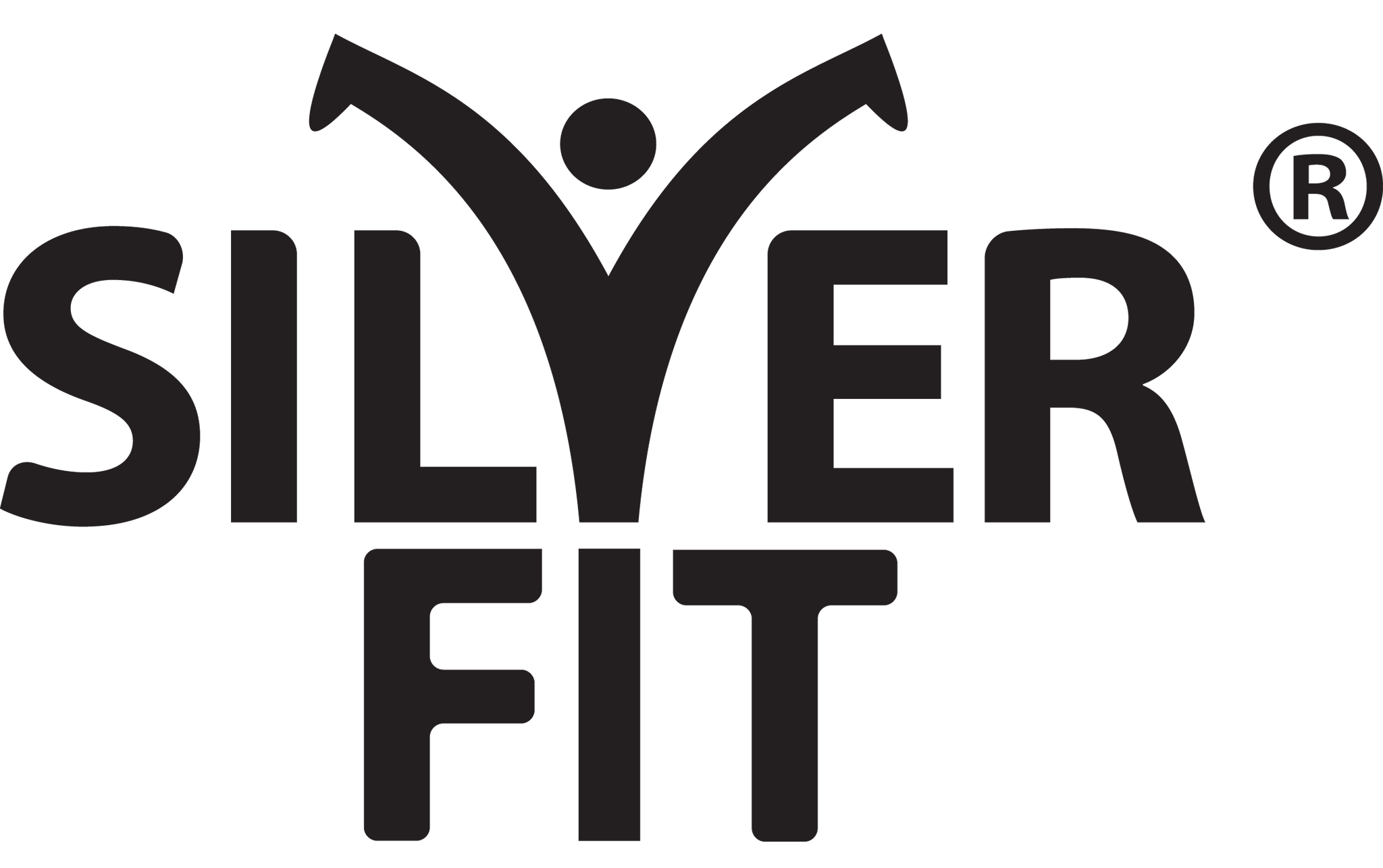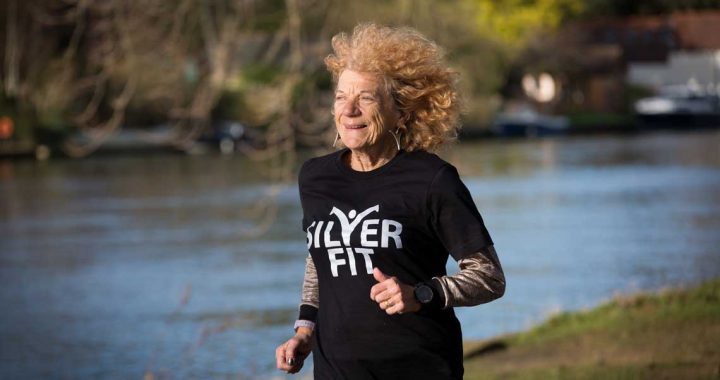Silverfit CEO Eddie has recently been featured on The Fitness Network’s website, being interviewed on “How To Encourage Older People Back to the Gym”
Full feature below:
COVID has impacted everyone of every age, but it is undeniable that over 60s have been particularly hard hit. This age group makes up about a quarter of the UK population and they are at a much greater risk of requiring hospitalisation or dying if diagnosed with COVID-19. Preventative health and wellness measures can be the difference between life and death, but many older adults have expressed concern about the safety of returning to their gyms. Eddie Brocklesby, the founder of Silverfit, an over-50s fitness charity and the oldest British woman to have completed an IRONMAN triathlon, believes gyms have a special responsibility to re-engage older adults. We spoke to Eddie about:
- Why over-60s are now afraid of their local gym
What operators can do to reassure over-60s
Why at home fitness isn’t enough for over 60s
How to communicate safety in an authentic way
When gyms reopened in the summer, many older adults were dubious about returning. Can we expect this concern to continue in 2021?
Absolutely. Any excitement older adults have about their local gym reopening will be tempered with a dose of anxiety. They’ll naturally be wondering: is it really wise to go back to the gym if I’m over 60 and COVID is still infecting thousands of Brits? Are the rewards of working out at my gym worth the risk of catching or potentially spreading the virus?
Of course, vaccinations will help quell this fear, but the stigma that gyms are places where the virus spreads more rapidly will remain for some time. The more people you put in a room and the closer people are together in that room without a mask, the more dangerous people will think it is. And for some, that anxiety will outweigh any health benefit of going back to their gym. The virus has been particularly dangerous for people who are obese or suffer from hypertension, diabetes or respiratory disease so these fears will be amplified for those groups. The irony of course, is that these are the groups for which exercise can have the largest mental and physical benefit.
Knowing these concerns, what can operators do to reassure over 60s?
Confidence in the health and safety provisions is a given. But that alone will not be enough to reassure older adults and encourage them back to the gym. More will need to be done.
Redesigning group fitness should be a priority. We know from our Silverfit members that they particularly miss group exercise and the sense of community it created. Mental health among the over 60 age group has suffered immensely over the last year as all the usual community and group events have been cancelled. When they reopen, gyms will need to provide more than access to a socially distanced treadmill. More alone time is not why people will come back to the gym. Operators need to think about creative ways they can get people back together. For example, the creation of a timetable of safe, outdoor activities could be considered. Things like walking groups, walking football, T’ai Chi or even rooftop sessions can be considered. Getting fresh air and sunlight can be positioned as an extra benefit versus a compromise.
The sharing of equipment like mats, bands or walking poles could potentially be a concern so gyms might consider selling the necessary kit at cost price or allowing members to bring their own.
Finally, if operators can conduct or participate in research that shows that the impact of COVID is reduced for those over 60 who remain physically active, that will have a huge influence on this age group.
What about at-home fitness? If older adults are still afraid, can at-home/digital options be a good compromise for the long term?
Although It is still essential to maintain at least 150 minutes of moderate-intensity and preferably 75 minutes of vigorous-intensity activity per week, there continues to be reduced uptake of at-home fitness offerings in the over 60s. There are a variety of reasons for this.
Firstly, some older adults simply do not have the knowledge or access to the necessary technology. If they do, they may be too intimidated to try.
Secondly, while at-home options have been good to fill a gap, they completely miss the benefit of exercising together with a group or in your local community. The lack of physical contact with friends, family and a person’s community is having serious negative impacts on mental health. No matter how much you work out at home, you’re still alone and social isolation has been repeatedly proven to be detrimental mental health.
For those that have embraced digital fitness, it can be an excellent complement to their in-person physical activity, but it can’t be a solution for the long-term.
How can gyms communicate their commitment to older adults in an authentic way?
Instructors or gym staff may need to be retrained to communicate messages effectively. Attention to detail and delivering pledges to members will be vital to success. Where possible, all claims should be backed up with scientific studies. In September, IRSHA released research that showed that of more than 49.4 million health club visits between May and August 2020, only 0.0023 percent tested positive for COVID. This study, while convincing, used only American data, so I would encourage operators to seek out or participate in similar research in the UK.
Understanding your audience is also key. Over 60s are scared by ongoing news coverage. This fear has been deeply engrained, and many will have lost loved ones over the last year. Any marketing messages that appear tone deaf will not be easily forgiven. Any communications for this age group should be reviewed by someone who is actually over 60 before being used. I would recommend two to three reviewers with one being a non-gym member.
What about people over 60 who are not currently gym members? Is there a way to tap into this market in a post-COVID world?
Preventative health and wellness measures can be the difference between life and death, and everyone needs access. COVID has amplified this fact and made it real for people. For those that were keen gym members before, many will have found ways to get creative and stay fit. But for those that were not, they may now be seriously thinking about their health for the very first time, and this is an opportunity for gyms. However, one barrier for many older adults is cost, particularly for pensioners on a fixed income. Gyms need to be and be seen to be inclusive, community aware and conscious they can make the greatest health and economic difference for those less likely to be able to pay. Offering greater reductions for senior members, open/free days at quiet times and featuring older instructors in marketing and promotions is a great place to start.



